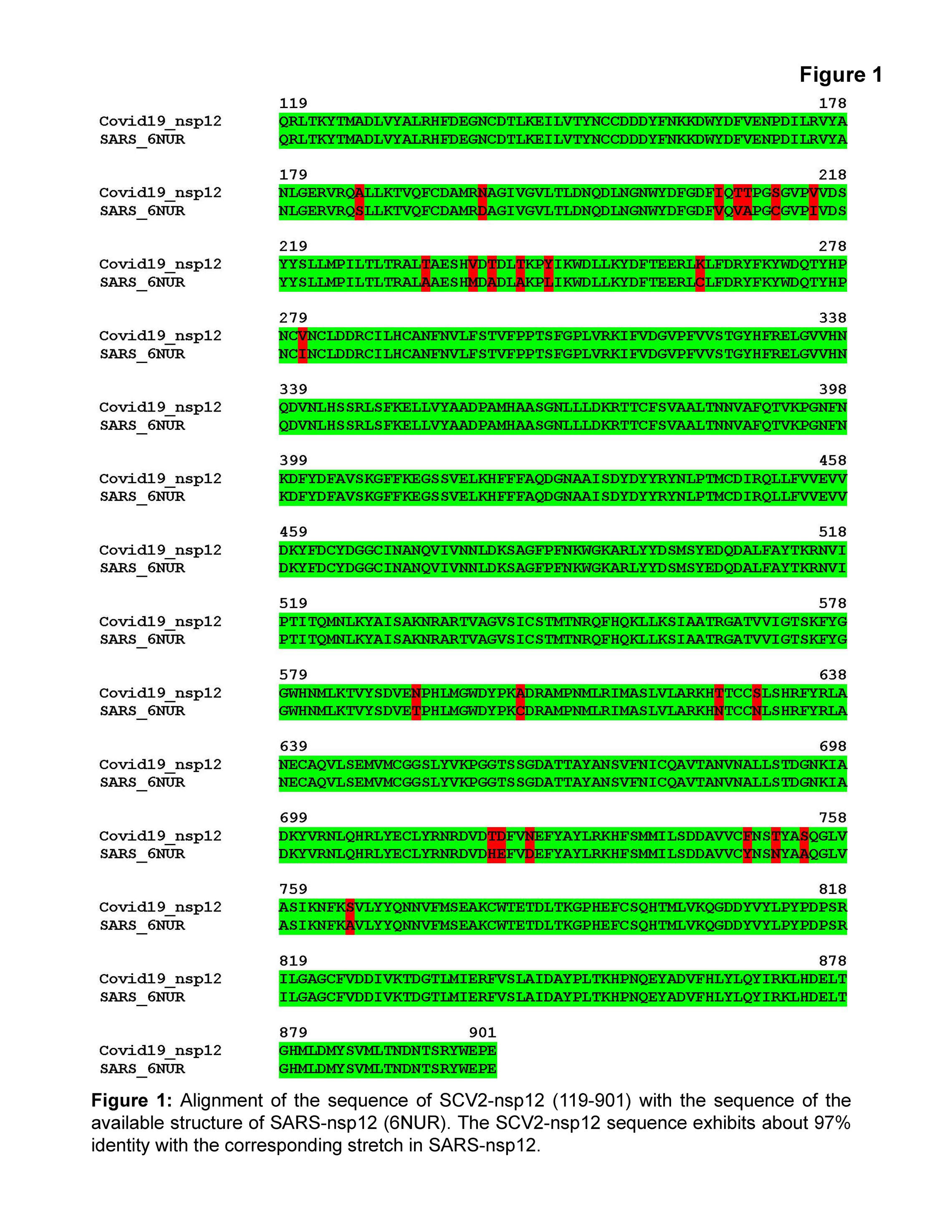LCE1a2
From Proteopedia
(Difference between revisions)
| Line 5: | Line 5: | ||
== Background == | == Background == | ||
| - | The largest organ of the human body is the skin. The skin is capable of many things which protect us from the outside environment, and it is composed of many layers. The epidermis is the top layer of skin and composed within it are 4 layers: Spinous layer, Granular layer, Stratum corneum, and the Basal layer (''see figure 1'' | + | The largest organ of the human body is the skin. The skin is capable of many things which protect us from the outside environment, and it is composed of many layers. The epidermis is the top layer of skin and composed within it are 4 layers: Spinous layer, Granular layer, Stratum corneum, and the Basal layer (''see figure 1''). All of these aspects help regulate the epidermal layer. Regulation of the epidermal layer Is essential in reducing inflammatory skin diseases and it’s the first line of defense against unwanted outsiders. The components of the epidermal layer help to ensure that inflammatory aspects and other skin conditions don’t arise such as Psoriasis. Major reasons that conditions arise is due to an irregulating of the skin. |
When it comes to skin “within the epidermal differentiation complex on human chromosome one (mouse chromosome three), [there] contains multiple conserved gene encoding stratum-corneum proteins”; these genes are in a cluster termed LCE’s or Late Cornifying Envelopes (Jackson 2005). These envelopes are composed of 18 genes within chromosome 1 of the human genome and chromosome 3 of mice genomes. Although their function isn’t completely understood, it has been hypothesized that their main function is as an antimicrobial asset to the body. Given that their true purpose is not known yet, the antimicrobial hypothesis is constantly being tested and redeveloped. Having an understanding of the function that LCE’s provide will allow for better dermatological care in the future as well as to better help identify why certain conditions rise or fall. | When it comes to skin “within the epidermal differentiation complex on human chromosome one (mouse chromosome three), [there] contains multiple conserved gene encoding stratum-corneum proteins”; these genes are in a cluster termed LCE’s or Late Cornifying Envelopes (Jackson 2005). These envelopes are composed of 18 genes within chromosome 1 of the human genome and chromosome 3 of mice genomes. Although their function isn’t completely understood, it has been hypothesized that their main function is as an antimicrobial asset to the body. Given that their true purpose is not known yet, the antimicrobial hypothesis is constantly being tested and redeveloped. Having an understanding of the function that LCE’s provide will allow for better dermatological care in the future as well as to better help identify why certain conditions rise or fall. | ||
| - | + | [[Image:Figure 1.jpg]]) | |
== Late Cornifying Envelope Characteristics == | == Late Cornifying Envelope Characteristics == | ||
LCE’s are consistent of 3 groups: LCE1, LCE2, and LCE3. The full display of the gene cluster can be found in figure 2. Research has found that LCE3B and LCE3C genes, is under regulation of psoriasis-associated Th1 and Th17 cytokines which is a strong indication of the way that the LCE3 cluster functions and attributes to the epidermal layer (Hanna Niehues). When it comes to the capabilities of LCE3 it has been found that LCE3 proteins cause a rapid killing which is reminiscent of the kinetics of killing by human neutrophil defensins where the outer and inner membrane of Escherichia coli are sequentially permeabilized within 30–60 minutes (Lehrer et al., 1989). In addition to this capability, it has also been found that LCE3 is primarily respondent to inflammation of the epidermal layer. As far as the other gene clusters such as LCE1 and LCE2 there has yet to be found research on those clusters and their potential specified capabilities. Predictions are that they respond in a similar way to LCE3 but may have a specified role in aiding in that inflammatory response. This is another major question within the realm of LCE’s. Are these gene clusters and even individual genes coded to respond to specific stimuli different from its cluster neighbors? | LCE’s are consistent of 3 groups: LCE1, LCE2, and LCE3. The full display of the gene cluster can be found in figure 2. Research has found that LCE3B and LCE3C genes, is under regulation of psoriasis-associated Th1 and Th17 cytokines which is a strong indication of the way that the LCE3 cluster functions and attributes to the epidermal layer (Hanna Niehues). When it comes to the capabilities of LCE3 it has been found that LCE3 proteins cause a rapid killing which is reminiscent of the kinetics of killing by human neutrophil defensins where the outer and inner membrane of Escherichia coli are sequentially permeabilized within 30–60 minutes (Lehrer et al., 1989). In addition to this capability, it has also been found that LCE3 is primarily respondent to inflammation of the epidermal layer. As far as the other gene clusters such as LCE1 and LCE2 there has yet to be found research on those clusters and their potential specified capabilities. Predictions are that they respond in a similar way to LCE3 but may have a specified role in aiding in that inflammatory response. This is another major question within the realm of LCE’s. Are these gene clusters and even individual genes coded to respond to specific stimuli different from its cluster neighbors? | ||
Revision as of 20:19, 23 April 2022
Structure
| |||||||||||
References
- ↑ Hanson, R. M., Prilusky, J., Renjian, Z., Nakane, T. and Sussman, J. L. (2013), JSmol and the Next-Generation Web-Based Representation of 3D Molecular Structure as Applied to Proteopedia. Isr. J. Chem., 53:207-216. doi:http://dx.doi.org/10.1002/ijch.201300024
- ↑ Herraez A. Biomolecules in the computer: Jmol to the rescue. Biochem Mol Biol Educ. 2006 Jul;34(4):255-61. doi: 10.1002/bmb.2006.494034042644. PMID:21638687 doi:10.1002/bmb.2006.494034042644

